The magic of rock carvings in Valcamonica

ENG/ITA
Hi friends of Hive,
Today I want to talk to you about an excursion I took with the children of the primary school
where I work, in a place with great historical-artistic importance.
We are located in Valcamonica, precisely in Capo di Ponte.
Valcamonica is a valley located in Lombardy, it extends from Lake Iseo to Ponte di Legno. If
you may be interested, in my previous posts, you can find both information about Ponte di
Legno and Lake Iseo.
Capo di Ponte is the cradle of rock carvings, very famous throughout Italy, and they were the
first Italian site to be registered as a UNESCO heritage site.
Ciao amici di Hive,
Oggi voglio parlarvi di un escursione che ho fatto con i bambini della scuola primaria in cui
lavoro, in un luogo con un’importanza storico-artistica grandissima.
Ci troviamo in Valcamonica, precisamente a Capo di Ponte.
La Valcamonica è una valle che si trova in Lombardia, si estende dal lago d’Iseo fino a
Ponte di Legno. Se può interessarvi, nei miei post precedenti, potete trovare sia delle
informazioni su Ponte di Legno che sul Lago d’Iseo.
Capo di Ponte è la culla delle incisioni rupestri, famosissime in tutta Italia,e sono state il
primo sito italiano a essere iscritte come patrimonio UNESCO.

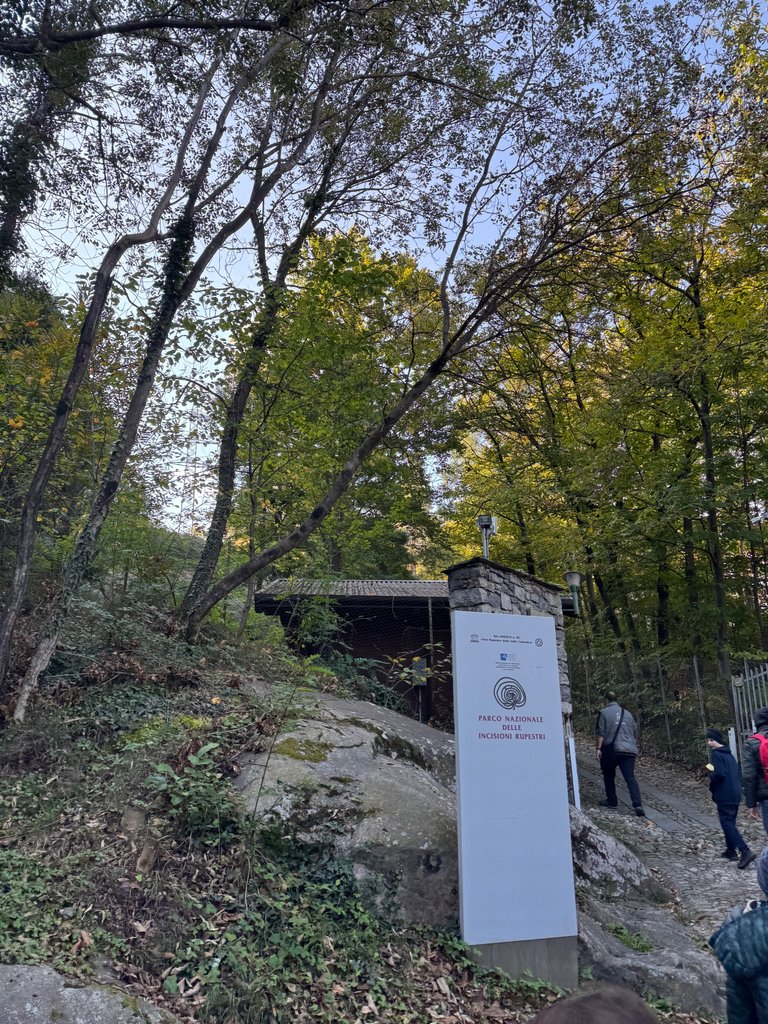


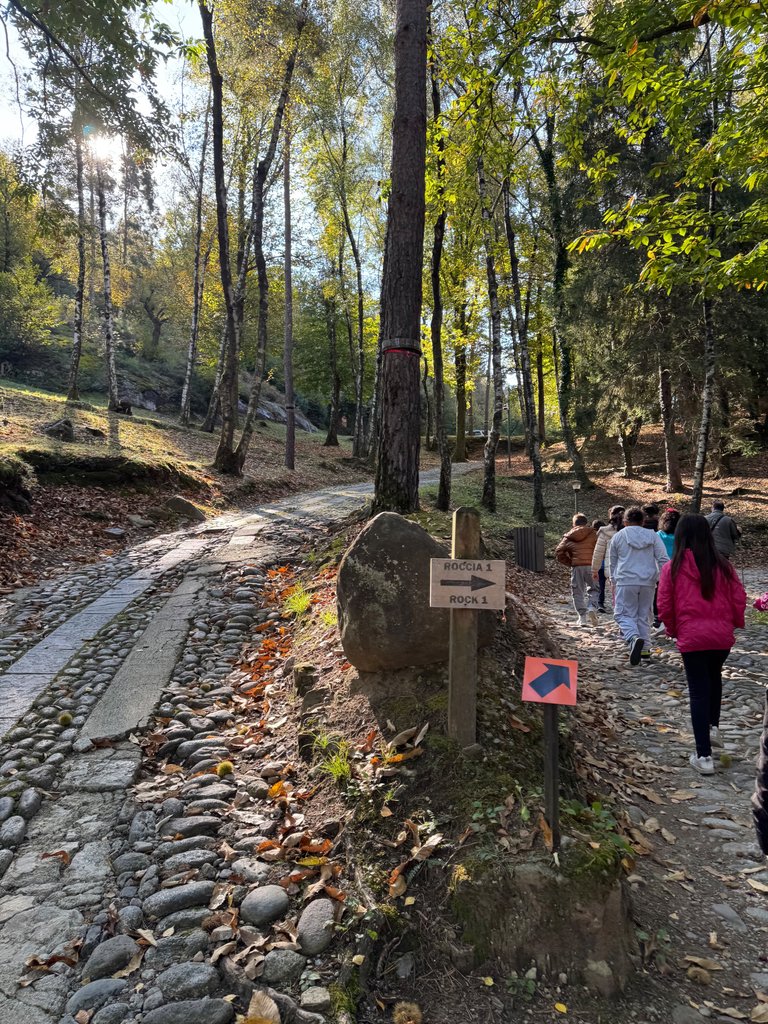
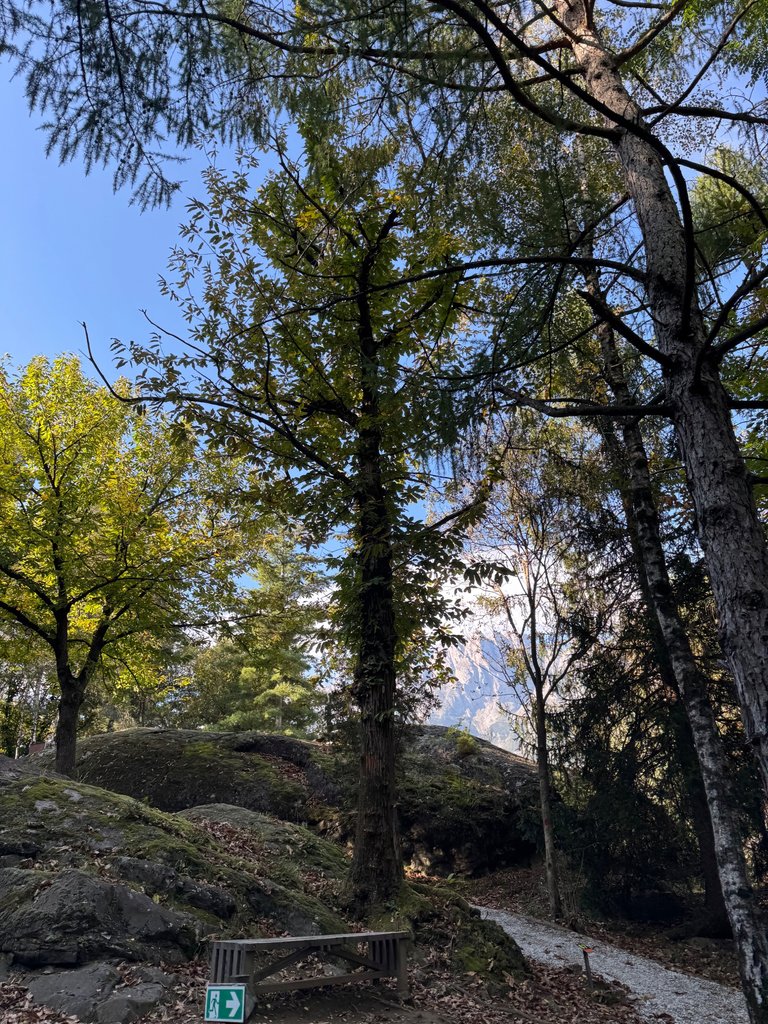

The rock engravings are a true open-air museum, the civilization that created them was that
of the Camuni. The Camuni settled in Valcamonica about 9000 years ago and remained
there until the arrival of the Romans. They were attracted by the presence of animals, and in
particular of an animal, which is depicted above the rocks many times, namely the DEER.
104 rocks have been cataloged in the park, some of which cannot be reached because they
are located in inaccessible areas. The scenes we find represented on these rocks are purely
scenes linked to everyday life, hunting scenes, animals, hunters, women, the sun and other
natural elements.
We know little about who created these engravings, but it is thought he may have been the
village sage, i.e. the oldest person.
Le incisioni rupestri sono un vero e proprio museo a cielo aperto, la civiltà che le ha create
era quella dei camuni. I Camuni si sono insediati in Valcamonica circa 9000 anni fa e ci sono
rimasti fino all’arrivo dei Romani. Sono stati attirati dalla presenza degli animali, e in
particolare di un animale, che viene raffigurato sopra le rocce moltissime volte, ossia il
CERVO.
Nel parco sono state catalogate ben 104 rocce , alcune non raggiungibili perchè posizionate
in zone impervie. Le scene che troviamo rappresentate su queste rocce sono prettamente
scene legate alla vita quotidiana, scene di caccia, animali, cacciatori, donne, il sole e altri
elementi naturali.
Poco sappiamo riguardo a chi creava queste incisioni, ma si pensa potesse essere il saggio
del villaggio, ossia la persona più anziana.


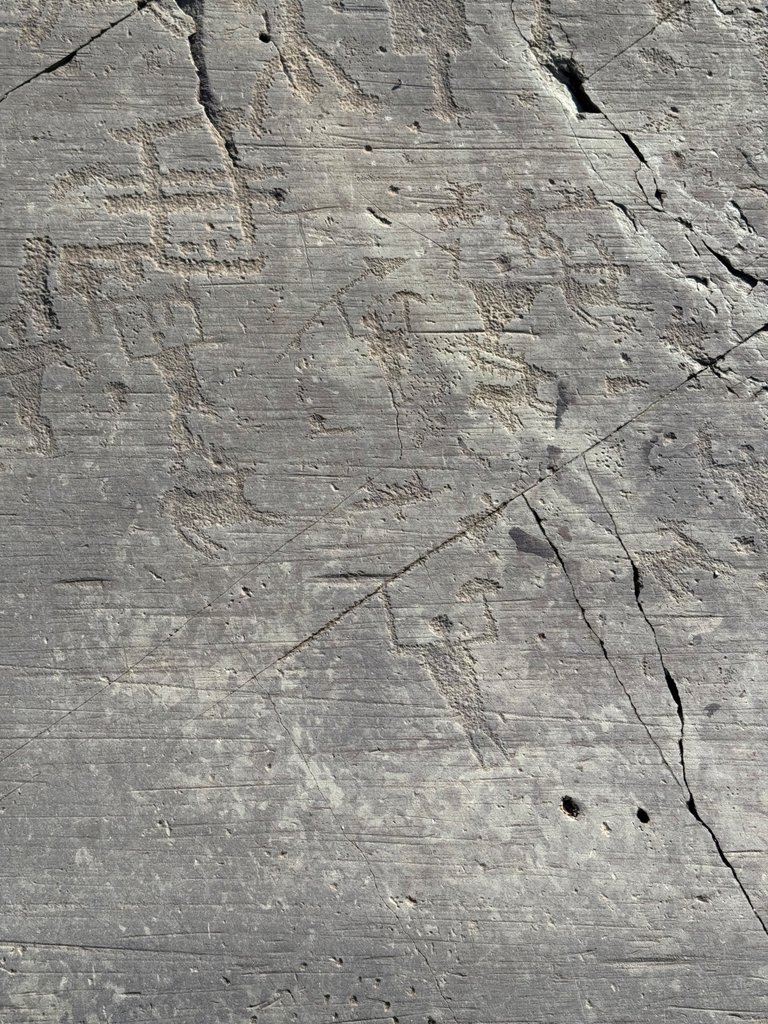
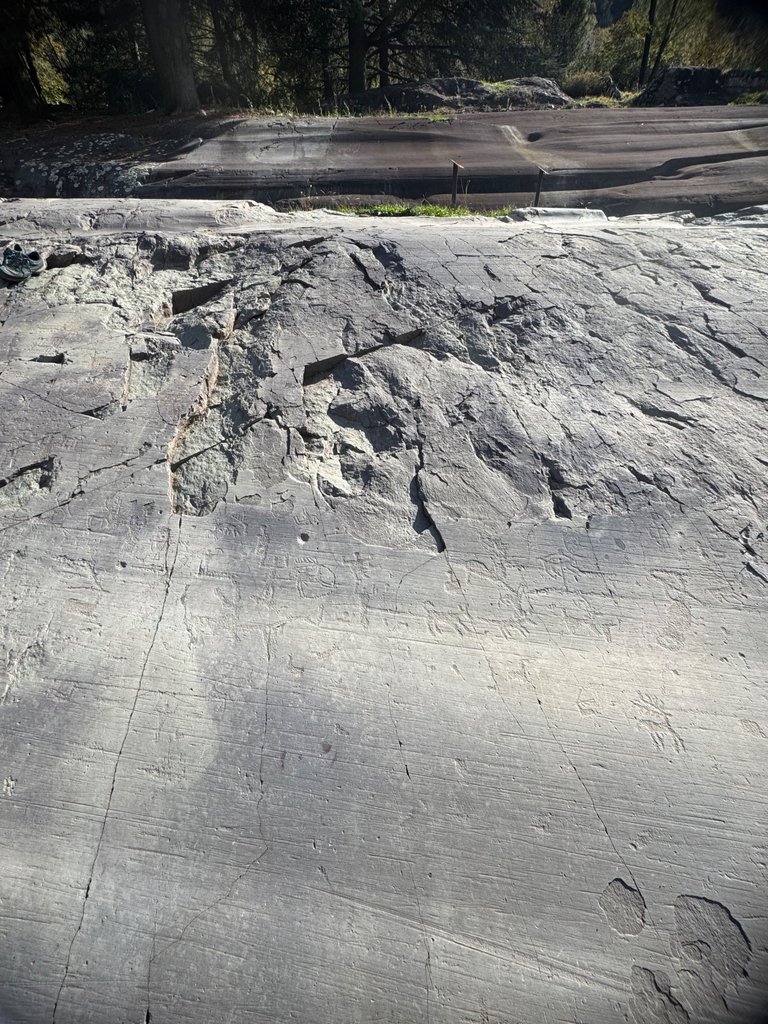
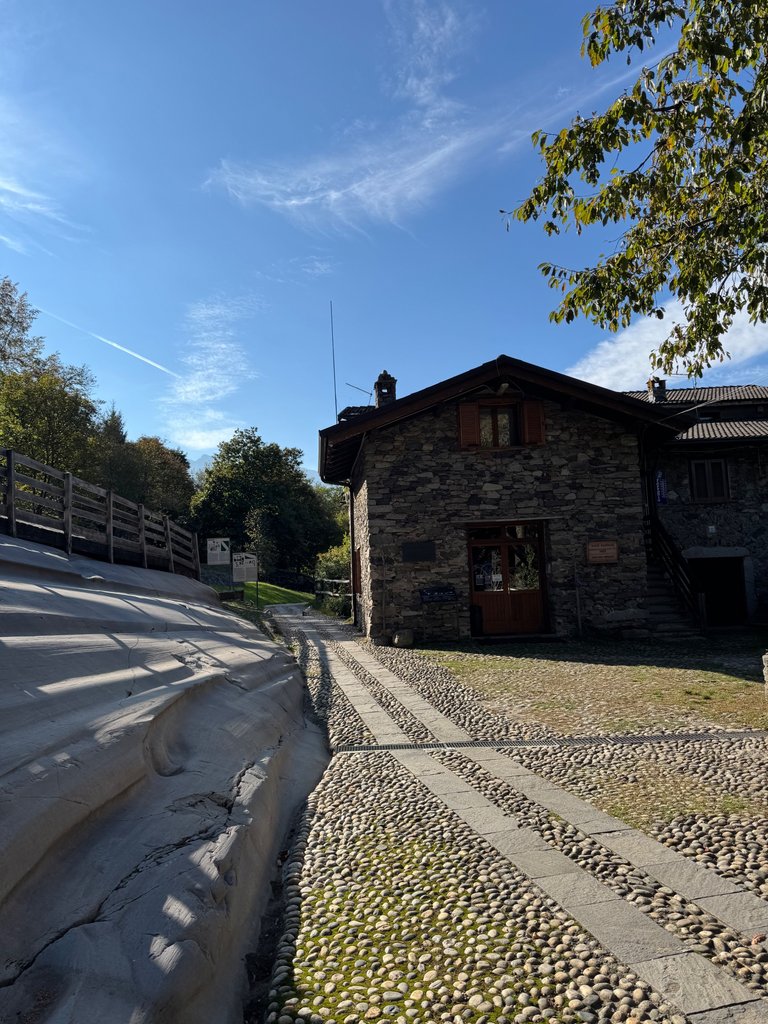





The fact that the rocks are smooth and not all jagged is due to the erosive action of the
glacier. After the last Wurm glaciation, there was a period of warming, the one we are still
experiencing, which led to the melting of all the ice.Obviously the same process happened
here too: finding ourselves in a hilly environment, with an altitude between 400 and 600
meters and a certain difference in altitude, the ice, melting, progressively eroded the rock,
shaping it over time.
This gave the Camuni the opportunity to represent their daily lives above the rocks.
Furthermore, it is thought that the Camuni made these representations at specific times of
the year. Since their cult is linked to the sun, it is known that in Valle Camonica during the
two equinoxes, the autumn one and the spring one, a beautiful effect of light formed by the
sun occurs on the two mountains surrounding the valley, Pizzo Badile and Concarena.
Unfortunately we weren't able to see it because we didn't make the visit at that time.
Il fatto che le rocce siano lisce e non tutte frastagliate è dovuto dall’azione erosiva del
ghiacciaio. Dopo l’ultima glaciazione Wurm, ci fu un periodo di riscaldamento, quello che
tutt’ora stiamo vivendo, che portò allo scioglimento di tutto il ghiaccio.Ovviamente anche qui
avvenne lo stesso processo: trovandoci in un ambiente collinare, con un’altitudine compresa
tra i 400 e i 600 metri e un certo dislivello, il ghiaccio, sciogliendosi, ha progressivamente
eroso la roccia, modellandola nel corso del tempo.
Questo ha dato la possibilità ai Camuni di rappresentare la propria quotidianità al di sopra
delle rocce.
Inoltre, si pensa, che i Camuni facessero queste rappresentazioni in periodi precisi
dell’anno. Essendo il loro culto legato al sole, si sa che in Valle Camonica durante i due
equinozi, quello d’autunno e quello di primavera, accade un bellissimo effetto di luce formato
dal sole sulle due montagne che circondano la valle, il Pizzo Badile e la Concarena.
Purtroppo noi non siamo riusciti a vederlo perchè non abbiamo fatto la visita in quel periodo.

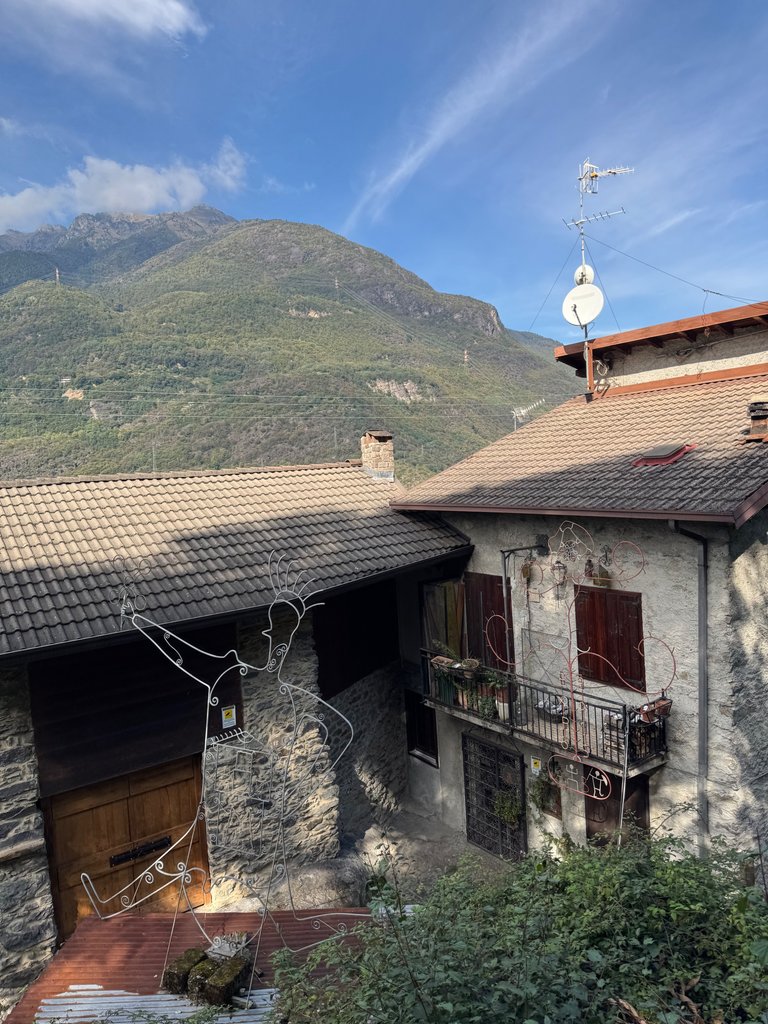
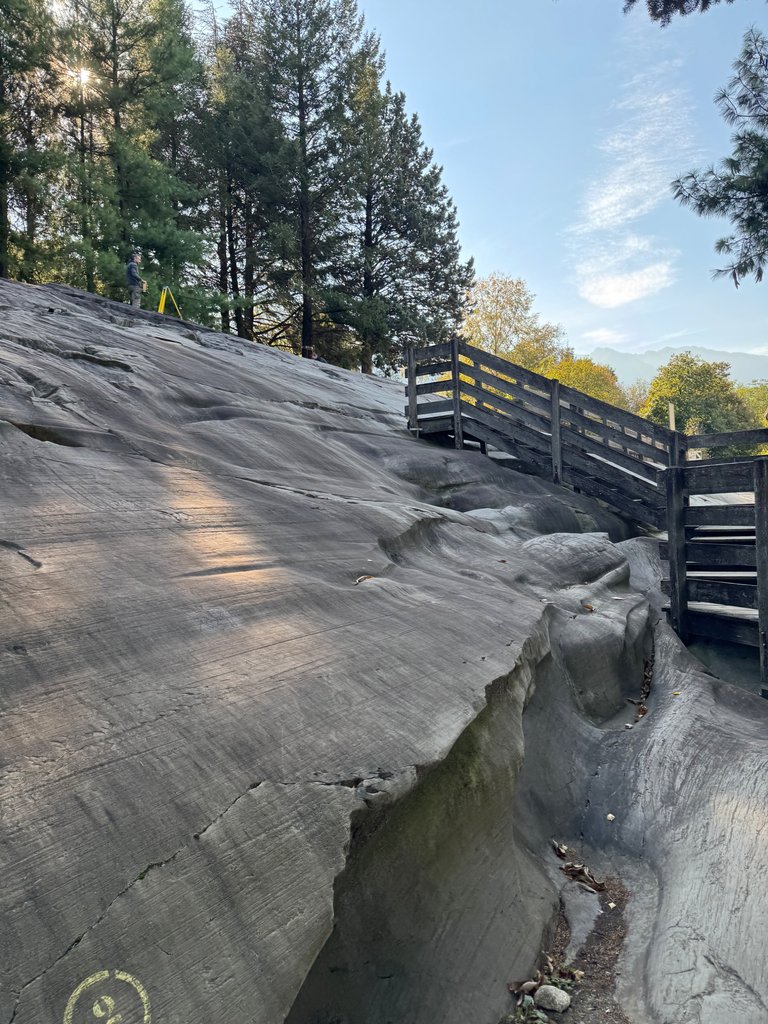




Immediately after the visit to the park, we headed to the area dedicated to educational
workshops, to be able to put into practice what we heard and try to put ourselves in the
shoes of the Neolithic population.
As our first laboratory we witnessed the melting of a metal live, in this case tin. This was
possible because it has a low melting temperature, around 400° and therefore reachable by
fire “from camp”
. After melting the tin we inserted it into a stone mold to obtain an axe.
The second workshop was connected to the engravings, so the children were asked to trace
the reproductions of the engravings. Children with the frottage technique were able to
recreate their favorite drawing and take it home as a souvenir.
The last laboratory was linked to the life of the Camuni, but more generally to life in the
Neolithic. The children tried their hand at lighting a fire, creating color pigments and creating
a “dress” through the use of the loom.
I highly recommend this experience because in addition to being educational it is also really
interesting.
See you soon
Claere
Subito dopo la visita al parco, ci siamo diretti alla zona dedicata ai laboratori didattici, per
poter mettere in pratica quanto ascoltato e provare a metterci nei panni della popolazione
del neolitico.
Come primo laboratorio abbiamo assistito in diretta alla fusione di un metallo, in questo caso
lo stagno. Questo è stato possibile perchè ha una temperatura di fusione bassa, intorno ai
400° e quindi raggiungibile con il fuoco “da accampamento”
. Dopo aver fuso lo stagno lo
abbiamo inserito in uno stampo di pietra per ottenere un ascia.
Il secondo laboratorio era collegato alle incisioni, è quindi stato chiesto ai bambini di
ricalcare le riproduzioni delle incisioni. I bambini con la tecnica del frottage hanno potuto
ricreare il disegno preferito e portarselo a casa come ricordo.
Ultimo laboratorio era quello legato alla vita dei Camuni, ma più in generale alla vita nel
Neolitico. I bambini si sono cimentati nell’accensione del fuoco, la creazione di pigmenti
colorati e la creazione di un “vestito” tramite l’utilizzo del telaio.
Consiglio vivamente questa esperienza perché oltre a essere formativa è anche davvero
interessante.
A presto
Claere








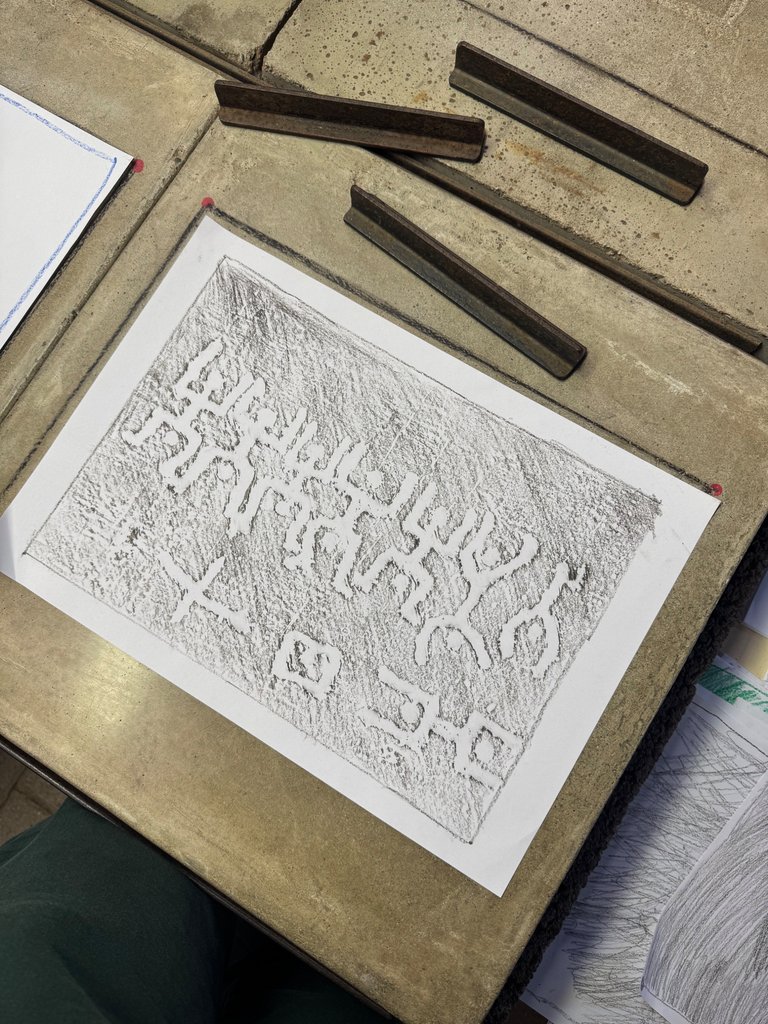

0
0
0.000
You can check out this post and your own profile on the map. Be part of the Worldmappin Community and join our Discord Channel to get in touch with other travelers, ask questions or just be updated on our latest features.
Molto bello! :)
!discovery 30
This post was shared and voted inside the discord by the curators team of discovery-it
Join our Community and follow our Curation Trail
Discovery-it is also a Witness, vote for us here
Delegate to us for passive income. Check our 80% fee-back Program